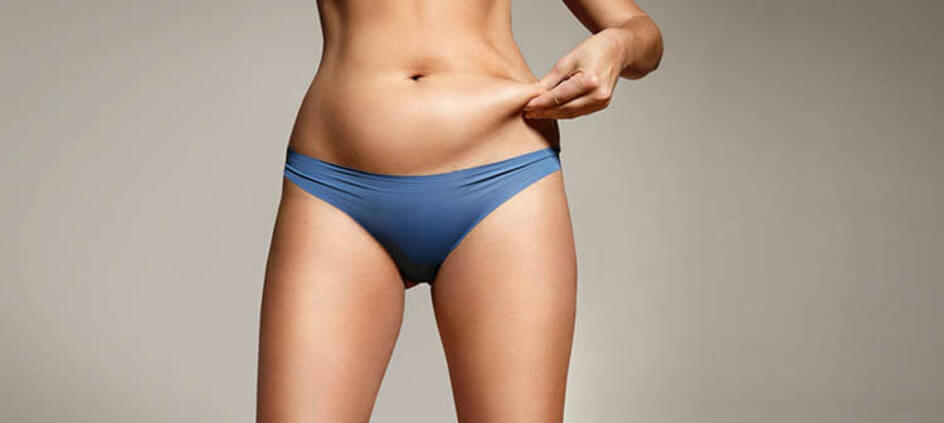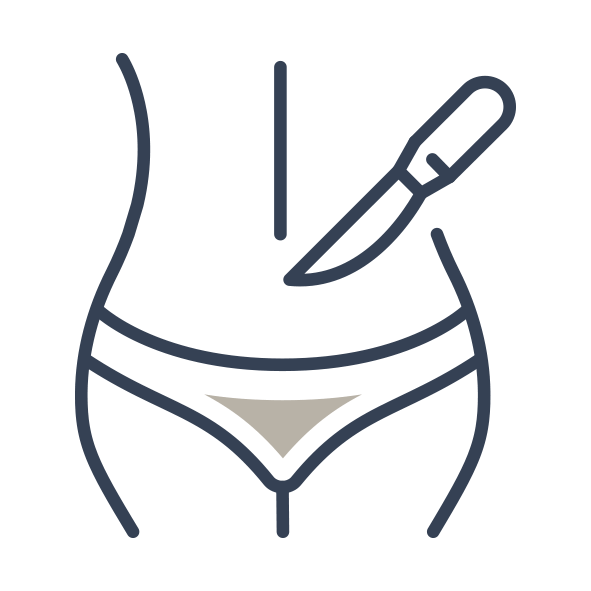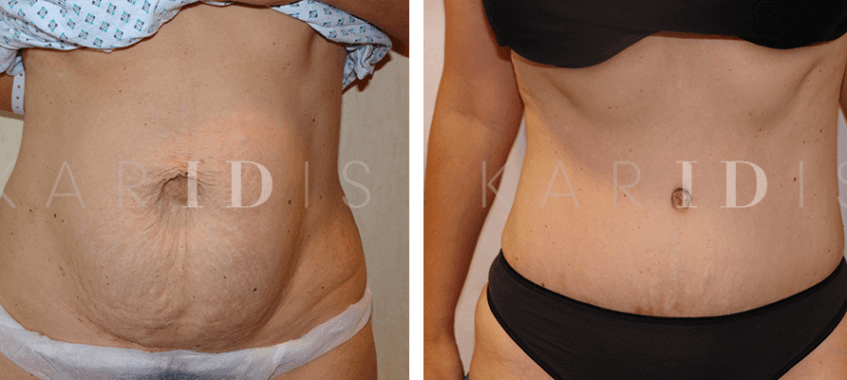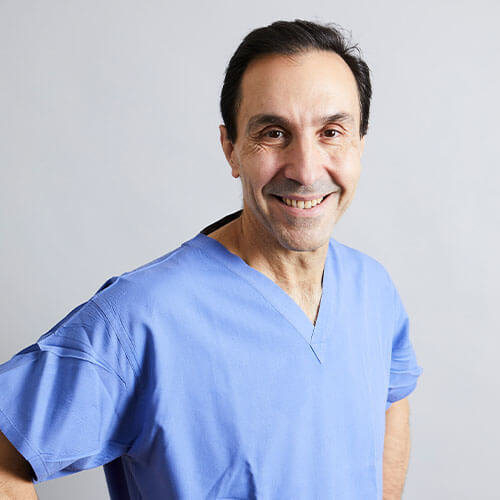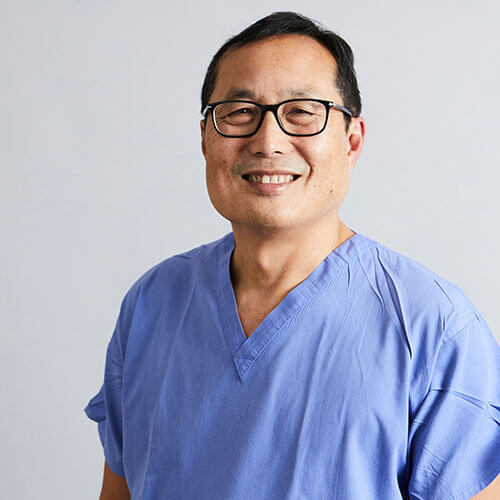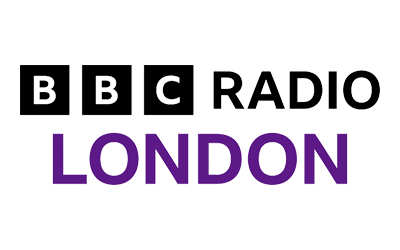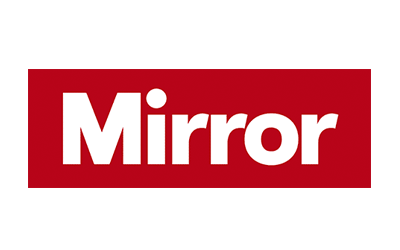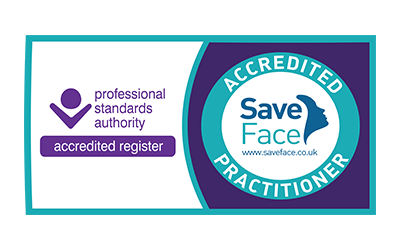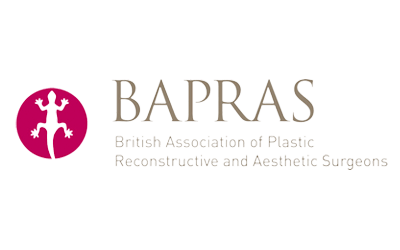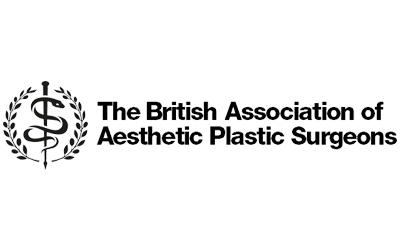If you’re feeling frustrated with a tummy bulge that won’t shift through diet and exercise, you aren’t alone. Many people find that they can be slim and toned across the rest of their body, but a stubborn protruding belly remains. A distended or hanging tummy area can be difficult to hide, impacting your confidence and affecting many areas of your life.
For a flatter, firmer and more contoured abdominal area, you need abdominoplasty, often known as a ‘tummy tuck’. This is an operation to tighten the muscles of the abdominal wall and to remove excess skin folds and fatty tissues from the middle and lower abdominal region.
A tummy tuck can also benefit your overall health; you’ll feel lighter, leaner and stronger. As well as benefiting from a flatter, firmer tummy, it will also help to:
✔ Improve your posture
✔ Relieve lower back pain
✔ Improve your overall flexibility
✔ Strengthen your abdominal muscles
✔ Restore your weakened core
At Karidis Clinic you’ll also benefit from VIP treatment, first-class care and the expert skill of our surgeons — the most in-demand and best-known tummy tuck surgeons in London. You’ll also have access to our whole team of specialists so you have the option of multiple procedures at once. For optimum results, liposuction is often performed alongside a tummy tuck at our London clinic.
Our clinic is a place where the best surgical practice meets bespoke service and luxurious facilities. From your very first consultation to your transformative tummy tuck results, you’ll enjoy dedicated support and guidance.
For UK-leading consultancy, aftercare and results from one of the best-known places for a tummy tuck in London, get in touch today.




